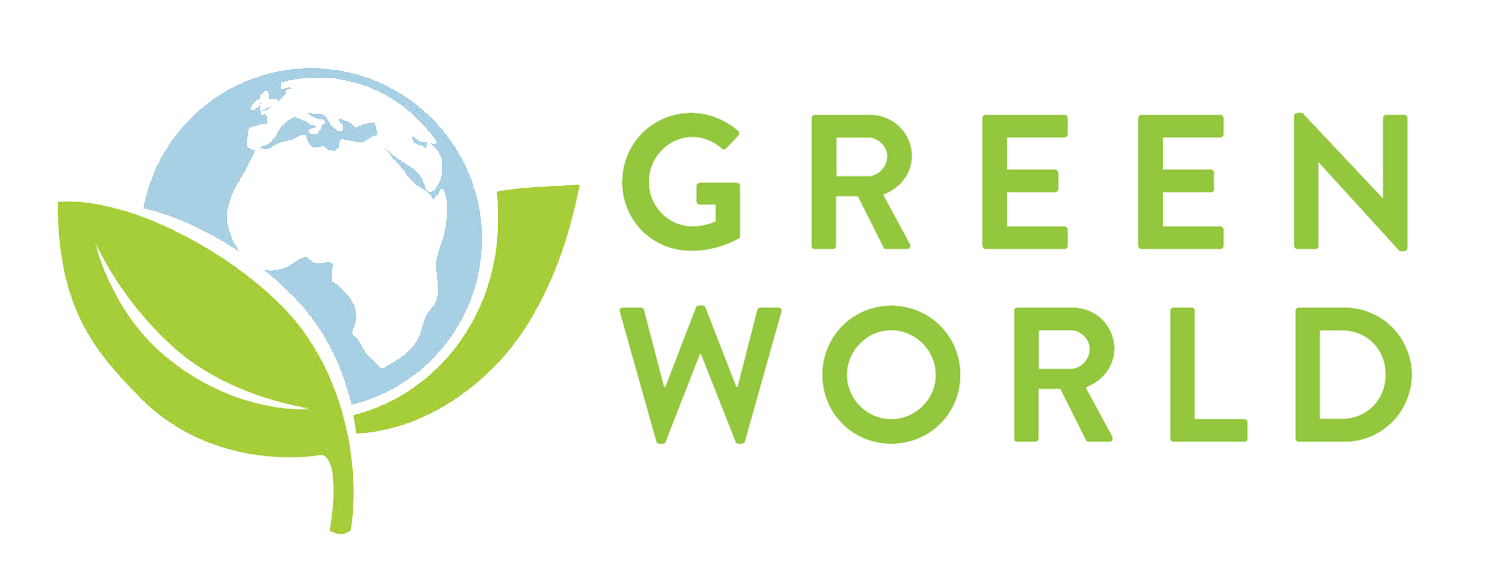WHERE WE WORK
Kenya
Since its founding in Mombasa in 2010, Green World Campaign-Kenya (GWC-K) has planted 3.5 million trees of 26 biodiverse native species, winning government awards for its forestry practices and rigorous M&E (monitoring and evaluation). It has provided eco-education to hundreds of thousands of farmers and schoolchildren. It has introduced “green” charcoal made from agricultural waste (to replace trees cut for firewood); clean low-carbon cookstoves; rainwater catchment systems and drip irrigation. GWC-K started a youth-led Trees for Peace movement that spread through coastal Kenya. In another program, youth help elders restore sacred kaya forests, learning indigenous wisdom. GWC established the first successful community currency in Kenya, the Eco-Pesa, a voucher system that fosters trade and creates new sources of income from ecologically and socially beneficial enterprises.
School Based Environmental Education and Reforestation.
The Green World School program, pioneered in Kenya since 2011, is a school based environmental education program that fosters positive and proactive attitudes towards environmental conservation. It uses environmental clubs as a spring board to promote environmental education in the community. Not only do many schools have good access to land and water in Kenya, they are an ideal channel to educate the next generation of Kenyans to care about the environment.
We’ve created 94 school programs across coastal Kenya that have provided eco-education to 200,000 students, with emphasis on global citizenship, conflict resolution, and empowering women and girls. Children plant seedbed nurseries and care for a variety of trees (up to 2000 trees per school, many for fruit and nutrition). They teach their parents about multipurpose species. Schools are used for farmer education and as demonstration sites for regeneration.
Biodiverse species, many of them providing nutrition for children, are planted in areas surrounding schools and through farmers groups. Each student is assigned trees to care for until they graduate and they work with families and farmers in areas around the schools.
Starting in Green World Schools programs, GWC-K introduced drought-tolerant moringa “superfood” trees whose leaves are 30% high-quality protein. dozens of communities soon grew over 250,000 trees for nutritional sufficiency and seed-oil. GWC provided seed-presses, enabling families to save the 20 percent of income usually spent on oil (for cooking and body care) for food and education.
Community Currencies
GWC established the first successful community currency in Kenya, the Eco-Pesa, a voucher system that fosters trade and creates new sources of income from ecologically and socially beneficial enterprises. It began by working with a marginal community in Kongowea, issuing a local community currency that provided economic incentives youth and local businesses groups to practice environmental conservation. Youth groups are paid for environmental services with a type of complementary currency based on the Sarafu-Credit community currency, which can then be used for local goods and services. As the currencies circulated, they were collected into cooperative businesses where they accumulated into a community funds used to create sustainable environmental impacts. It spread to Miyani in Kwale County, and then to other communities. Amazingly, small business activity in these poor communities increased up to 10x. Former Green World Campaign-Kenya country director Will Ruddick is now heading the Bancor Foundation’s community currencies program which will digitize these innovations.
Red Cross Partnership.
This Green World Campaign has a strategic partnership with the Kenya Red Cross, particularly in Mwanamuna Swale, providing training, seeds and materials to plant trees and learn permaculture methods. The program gives farmers direct incentives to build nurseries for trees and plant and care for trees in the area. Because of this work, the farmers understand that they are taking part in building food security and economic stability in the area. The primary trees planted around Miyani, for example, are Moringa Olifera, prized for the amazing nutritional properties of its edible leaf and its valuable seed-oil.
There are now several hundred thousands of these trees providing much needed nutrition and stabilizing soils, with seeds pressed for oil (used in cooking and cosmetics) and small communityh enterprise. Moringa Olifera can easily be inter-cropped with beans and other local foods. These trees represent a huge leap forward in terms of providing local food security while also combating climate change by sequestering carbon. Kenya Red Cross is building a local dam in the area, which GWC will surround with trees to keep the soil intact.
The combination of working on training around trees and agroforestry while providing startup materials – and the Kenya Red Cross providing organization, incentives and training for local farmers— is a powerful partnership that we want to encourage. The model that has been championed by Mwanamuna Swale and Shanga Mbuli will spread across Kenya.


